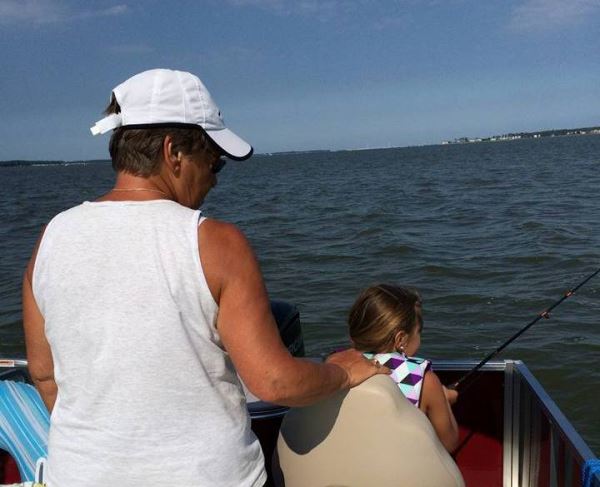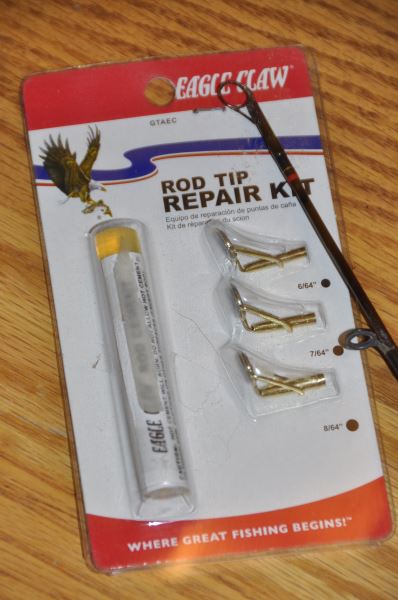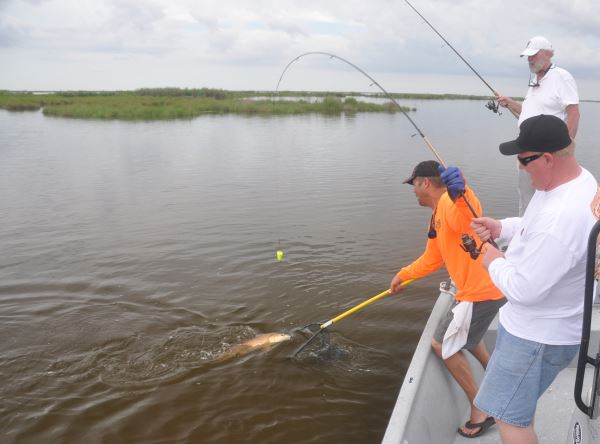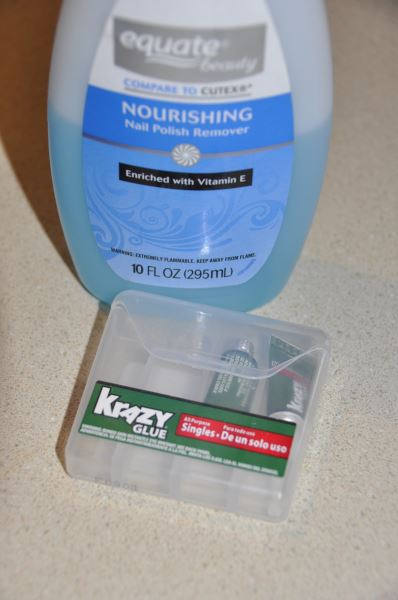
Whether in a travel dopp kit, glove box, backpack or stashed under the boat's steering console, most of us have “ditch kits” containing emergency gear we keep on hand yet hope we never use. That roll of TP in the Ziploc that’s been rolling around in the bottom of the rod locker for several seasons brings peace of mind that you are prepared for the worst—until you find yourself past the point of no return with a deck full of guests and discover you may actually need it. Ditto the Pepto-Bismol tablets in that dopp kit and the can of Fix-a-Flat in the tow vehicle. The fact that you may actually have to break this stuff out means something has gone awry.
 Things have a habit of going awry while angling (and boating, for that matter). Such unexpected events are part of what makes the activities challenging, or at least interesting, to a lot of us boater/fisherman/outdoor types. Fishing tackle breaks. And often when you are far from the options of replacement or professional repair. But you still gotta fish.
Things have a habit of going awry while angling (and boating, for that matter). Such unexpected events are part of what makes the activities challenging, or at least interesting, to a lot of us boater/fisherman/outdoor types. Fishing tackle breaks. And often when you are far from the options of replacement or professional repair. But you still gotta fish.
Fishing Rod First Aid Kit
I’ve got a kit that goes in my fishing vest or tackle box or backpack that contains a butane lighter, short lengths of heat-shrink tubing in various diameters, bamboo skewers, emery board, flexible epoxy, gel-style super glue, and dental floss—as well as several tip-top and running guides. By the latter contents you can guess that the kit is for emergency repair of fishing rods—and you’d be correct about a collection of accessories that has saved several angling adventures over the years. Both for me and a couple of fortunate—if ill-equipped—fishing companions.
If you’ve ever slammed a rear hatch or car door before making sure it would fully contain the fishing rod(s) you just placed inside, you know how quickly a snapped tip can end a fishing trip, especially if that tip was on the lone rod you have at hand. So always try to bring a spare rod, especially on extended fishing trips.

Fast In-The-Field Fixes
I’ve broken rod tips while securing the hook to the holder above the rod handle while bringing the line too tight, setting the hook on a fish with a Bimini or T-top frame overhead, slamming rod locker lids, not being quick enough to clear a porch door, and threading my way through various woods and thickets going to and from the water with rigged rod in hand. Once, I cleared a perimeter of little kids that were attending my learn-to-fish seminar at a boat show when my rod and line got caught in the ceiling fan overhead. The fan jerked the rod free of my hand and swung the rod around a few times before breaking off at the tip making for a dramatic end to that performance.
.JPG_600.jpg) Emergency rod repair can be simple—IF you have the right tools to tackle it. For example, most rod tips are attached using a special heat-activated glue that melts and releases the metal hardware for just such instances. Often if the break is near the tip you can use matches or a lighter to heat and release the tip-top guide, sand the end of the remaining section until its diameter is small enough to accept it, and insert the tip-top back on that. If you’re lucky, there’ll be enough glue remaining inside the tip top to reactive and secure the tip top until a more permanent repair can be undertaken. Depending on how much tip was lost, the action of the rod will be affected a bit, but it’s better than trying to cast and work baits with the line routed through the next guide down the blank.
Emergency rod repair can be simple—IF you have the right tools to tackle it. For example, most rod tips are attached using a special heat-activated glue that melts and releases the metal hardware for just such instances. Often if the break is near the tip you can use matches or a lighter to heat and release the tip-top guide, sand the end of the remaining section until its diameter is small enough to accept it, and insert the tip-top back on that. If you’re lucky, there’ll be enough glue remaining inside the tip top to reactive and secure the tip top until a more permanent repair can be undertaken. Depending on how much tip was lost, the action of the rod will be affected a bit, but it’s better than trying to cast and work baits with the line routed through the next guide down the blank.
Flexible Splint
If the break is farther down the rod, even between guides, I slide a section of heat shrink tubing over one end of the break. Then I insert a bamboo skewer (or three, if needed, to get close to the interior diameter of the rod blank) slathered with epoxy in the hollow core of both ends of the break so that it connects the two pieces, and allow it to cure. Then I slide the heat shrink tube up over the break and heat it to snug-up the connection from the outside. The bamboo and tubing keep the splint as flexible as needed to maintain the rod’s action.
 Guide To Guides
Guide To Guides
If I break a guide or one or both feet come loose, I use the heat shrink tape to secure each foot on the rod blank until I can get it home and wrap it. If heat shrink application won’t work, I’ll wrap the feet with the dental floss, which is super-strong and coated with wax so it doesn’t slip when you are wrapping or tying it off with a snug knot.
If the metal or ceramic ring inside a guide comes loose, I secure it with the gel-style super glue for a quick fix and get back to the fishing I came there to enjoy. Oh, and I make sure I have a small bottle of nail polish remover handy for when I super-glue my fingers together while effecting the fix.
Final Notes
Using the heat-activated glue stick for tip tops and the heat-shrink tubing for sprints, guides and other repairs should be done with care. You can damage and even ignite the rod blank if it’s made of fiberglass and certain composites, and it doesn’t take much heat to activate both the tubing and the glue.
Top photo courtesy of Carolyn Baranowski